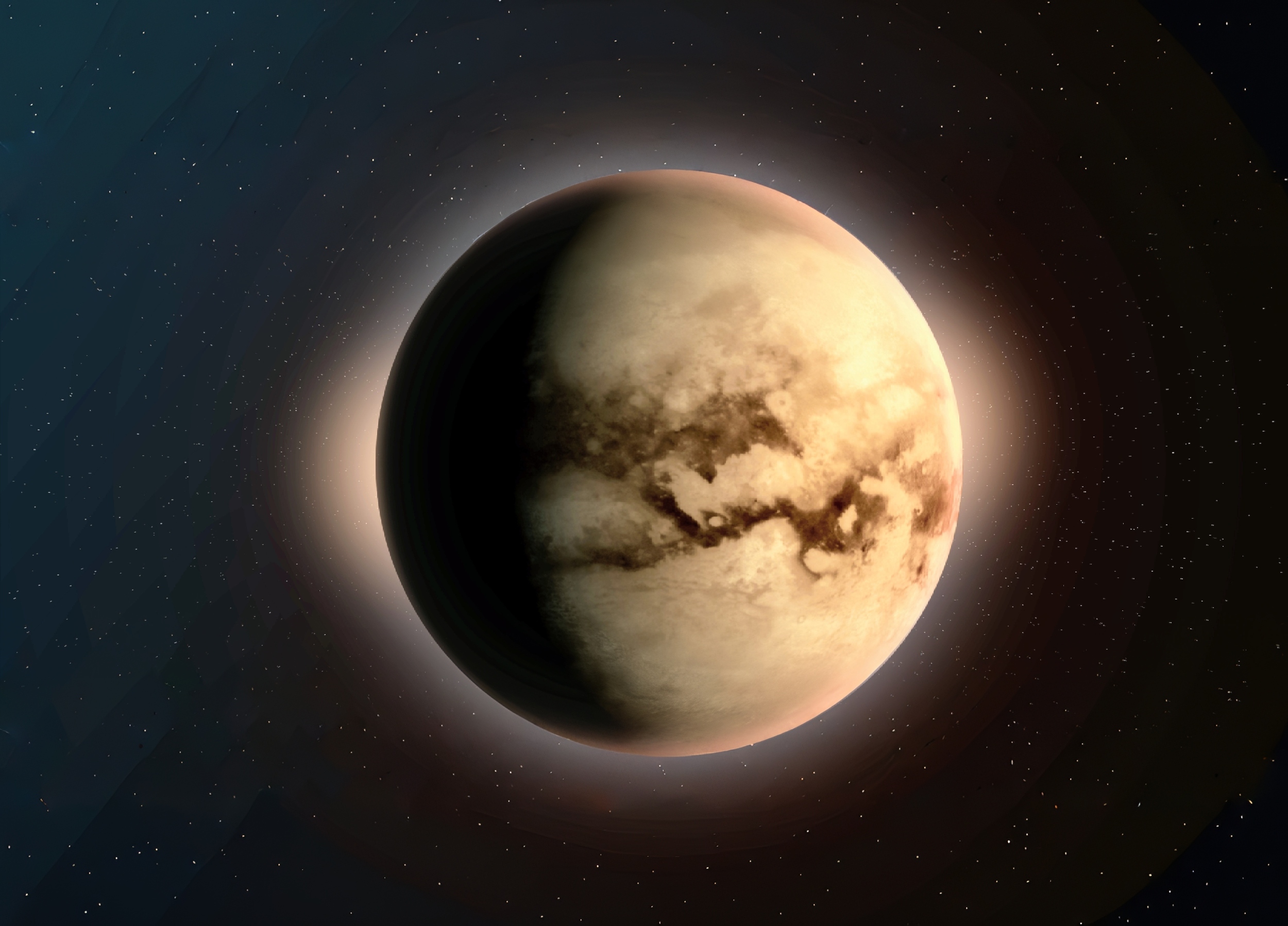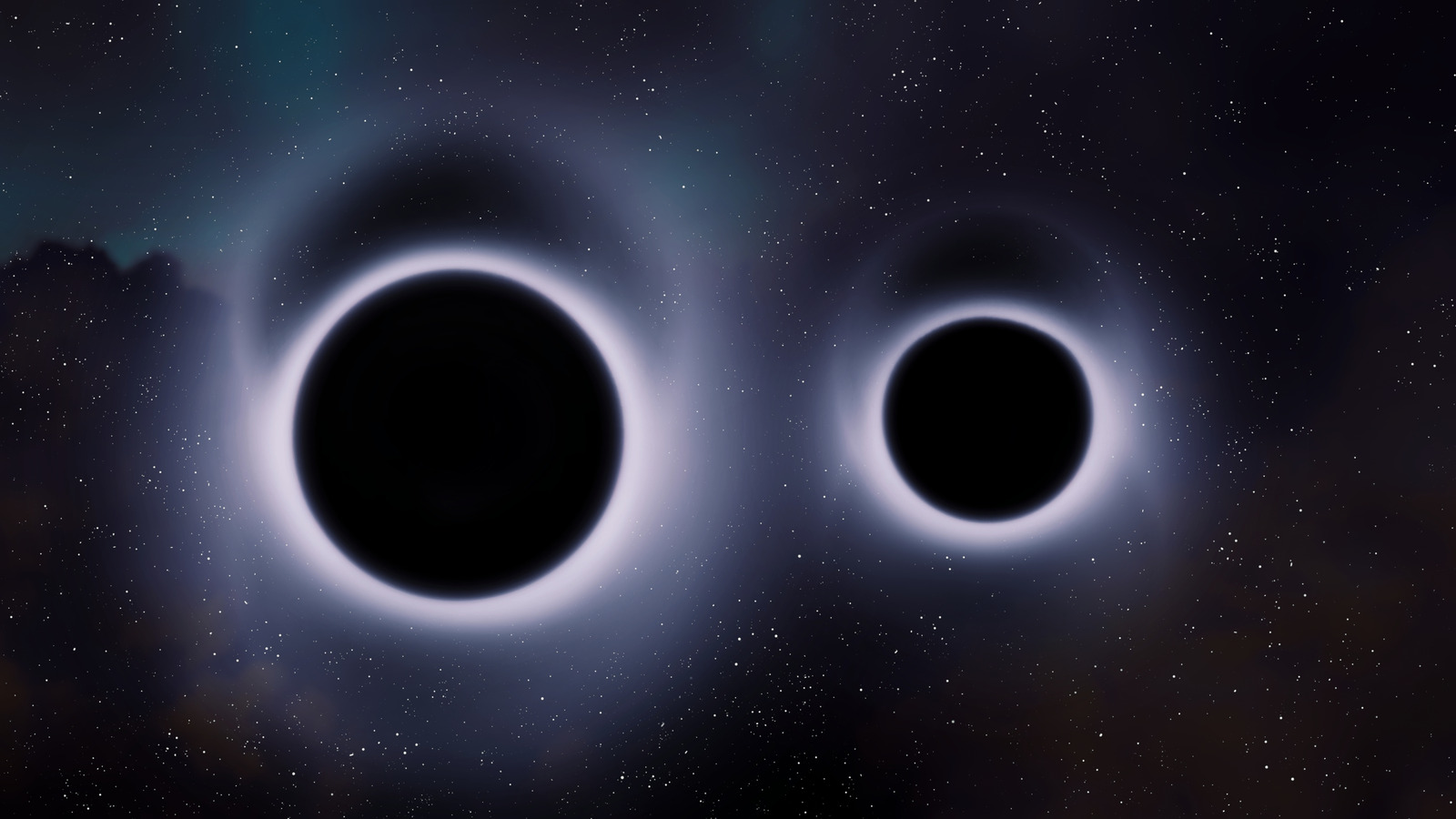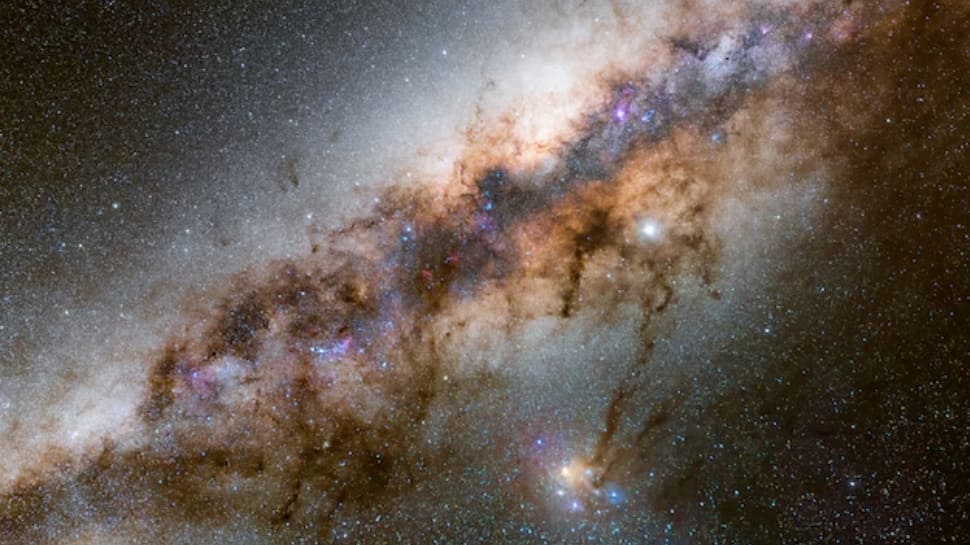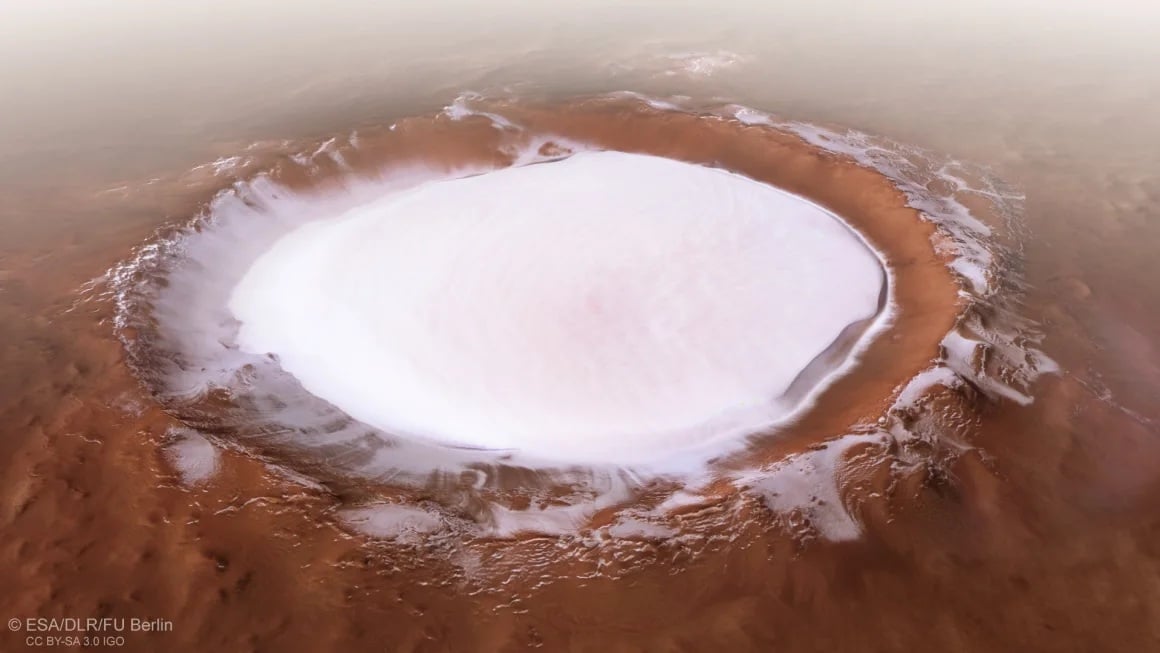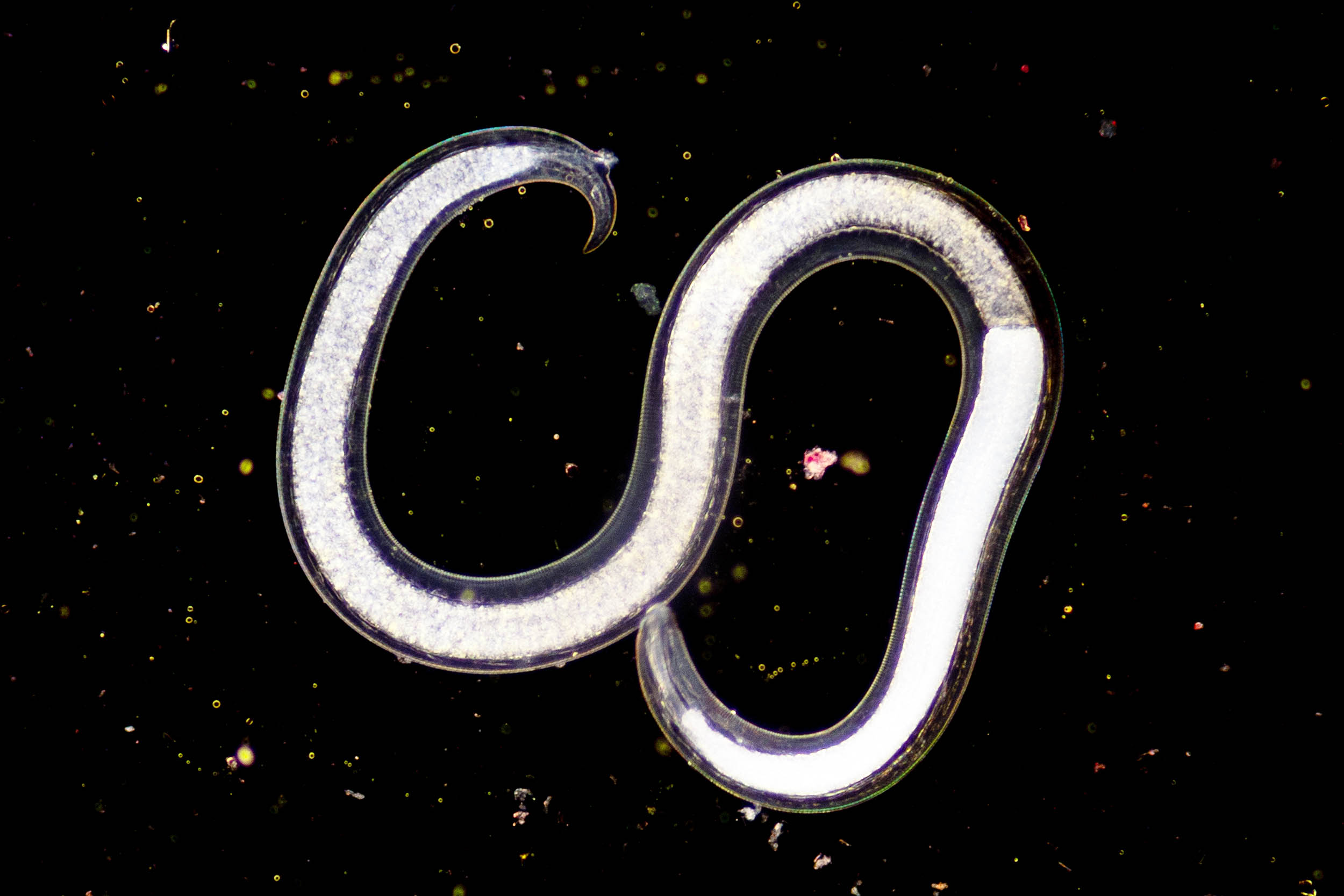Unbelievable Discovery: The Most Energetic Cosmic Neutrino Ever Detected!
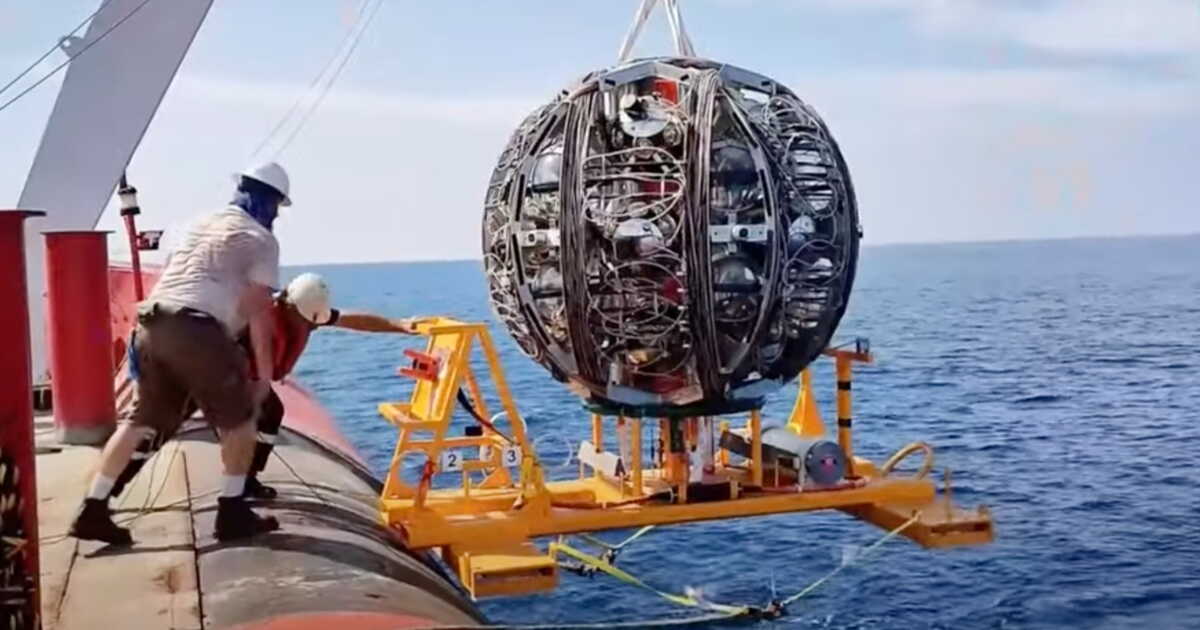
In an astonishing twist of cosmic fate, scientists have uncovered an extraordinary cosmic treasure deep beneath the Mediterranean Sea. At a staggering depth of 2,450 meters, the KM3NeT telescope network has recorded what is now deemed the most energetic cosmic neutrino ever detected, boasting an astounding energy level of 120 petaelectronvolts. This shocking revelation has sent ripples through the scientific community, fundamentally altering our grasp of high-energy astrophysics.
This groundbreaking detection took place back in February 2023, during the construction of the KM3NeT observatory when only 10% of its sensors were operational. Can you imagine? Even in partial form, this impressive facility challenged everything we thought we knew about cosmic particle acceleration and opened up exciting new pathways to explore extreme astrophysical phenomena across the cosmos.
Revolutionary Detection Technology
Located off the coast of Sicily, the KM3NeT observatory is nothing short of a marvel. It uses the Mediterranean's crystal-clear depths as a natural detection medium, employing chains anchored to the seafloor that house sophisticated light-sensitive detectors. These ingenious sensors are designed to capture the faint flashes produced when neutrinos interact with water molecules, taking advantage of the fact that electrically neutral neutrinos can travel vast distances without interference from magnetic fields or cosmic debris.
The detection process hinges on identifying muons, which are charged particles created when high-energy neutrinos collide with atomic nuclei. The extraordinary event in February stood out for its horizontal trajectory toward Greece and its unique energy signature, setting it apart from typical cosmic ray interactions we observe within Earth's atmosphere.
Physicists had to rigorously validate this finding to ensure it wasn't just a glitch in the system. Paschal Coyle from Aix-Marseille University, the KM3NeT spokesperson, highlighted the exhaustive verification process required to confirm such a mind-blowing measurement.
Challenging Our Understanding of the Universe
This Mediterranean detection has raised the bar in cosmic research, surpassing previous records by a whopping twenty-fold. The immense energy of this neutrino suggests it may have originated from the universe's most violent phenomena, perhaps even from supermassive black holes or gamma-ray bursts. Elisa Resconi, a neutrino physicist affiliated with IceCube, expressed this discovery as “colossal,” emphasizing its significance in the context of our growing understanding of cosmic processes.
The horizontal trajectory hints at a distant galactic source rather than atmospheric interactions, reinforcing theories that link high-energy neutrinos to exotic cosmic events, including active galactic nuclei powered by supermassive black holes, stellar explosions, and blazar jet interactions.
KM3NeT's underwater setting offers unique advantages—clear optical conditions and reduced background noise—allowing for precise measurements of neutrino characteristics, even with the telescope still under construction.
Future Implications for Cosmic Exploration
As the KM3NeT detector network expands, the implications for neutrino astronomy become even more exciting. Since 2023, twelve additional detector chains have been deployed, bringing the total to 33 operational units, significantly enhancing detection capabilities and precision.
This expansion aligns with other cosmic research initiatives, such as the groundbreaking insights into stellar consumption revealed by the Webb telescope, contributing to our understanding of extreme cosmic events that might generate high-energy neutrinos.
The Mediterranean detection network’s growth coincides with ambitious space exploration endeavors, like Japan’s lunar mission attempts, showcasing humanity's multifaceted approach to unraveling cosmic mysteries.
Understanding the origins of neutrinos plays a crucial role in addressing fundamental questions about the structure and evolution of the universe. These ghostly particles, racing at near-light speeds, carry vital information about cosmic events from billions of light-years away, essentially acting as messengers from the universe’s most extreme environments.
The Mediterranean discovery adds a new dimension to broader cosmological discussions, intertwining with theoretical frameworks exploring links between Big Bang physics and fundamental principles, revealing how neutrinos influenced the early stages of the universe.
Transforming Astrophysics Through Underwater Astronomy
This remarkable detection illustrates the potential of underwater neutrino telescopes to revolutionize cosmic research. The Mediterranean’s optical clarity and reduced atmospheric interference make it an ideal setting for capturing these elusive particles, complementing existing ice-based facilities.
But it’s not just about the numbers; every high-energy neutrino offers unique insights into cosmic acceleration mechanisms, potentially unveiling how nature creates particles with energies that far exceed those produced in terrestrial accelerators. This knowledge could unlock secrets about cosmic ray origins and the structures of galactic magnetic fields.
Future observations may pinpoint specific source locations for these ultra-high-energy neutrinos, enabling coordinated studies with optical telescopes, X-ray observatories, and gravitational wave detectors. Such multi-messenger astronomy approaches promise a comprehensive understanding of the universe’s most energetic phenomena.
The Mediterranean detection marks a pivotal milestone in neutrino astronomy, setting new energy thresholds and validating underwater detection methodologies. As KM3NeT nears full operational capacity, scientists eagerly anticipate more record-breaking events, further illuminating the cosmic processes that accelerate particles to extraordinary energies.













